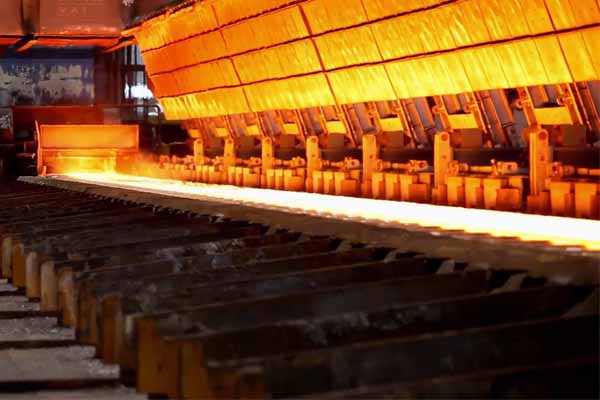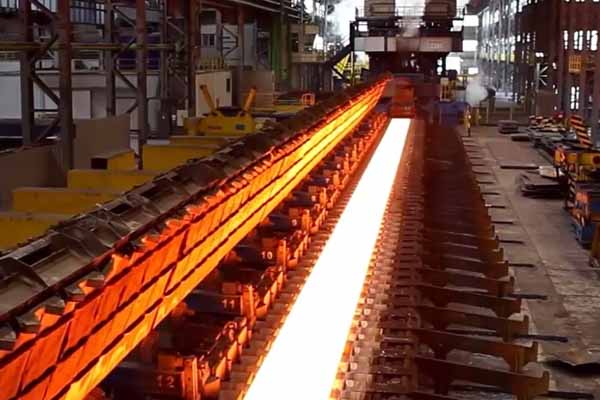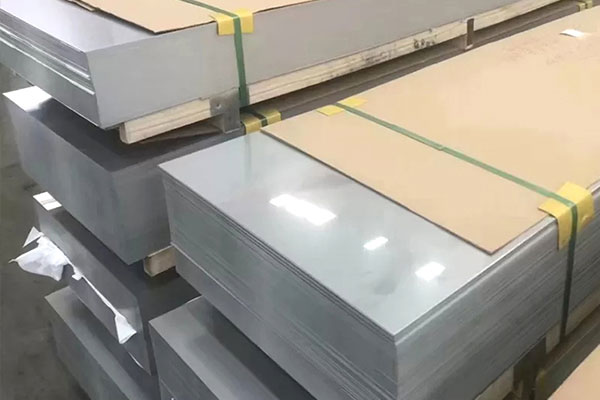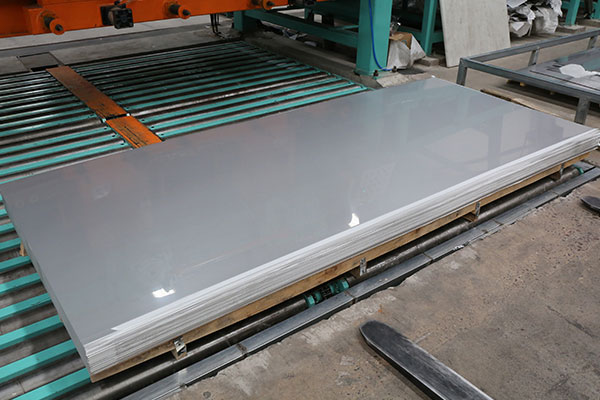As demand in the automotive and construction sectors continues to increase, the precision steel manufacturing market is also growing steadily, and the demand for stainless steel has also increased, including stainless steel plate, stainless steel coil and stainlesss steel strip etc,. Stainless steel is a metal alloy composed mainly of iron and carbon, elements like manganese, molybdenum, nickel, and titanium may also be added, to further enhance the mechanical properties of stainless steel. Stainless steel is recognized for its strength, beauty, and resistance to corrosion. Not all stainless steel is alike, it comes in five distinct families and about 150 different grades.
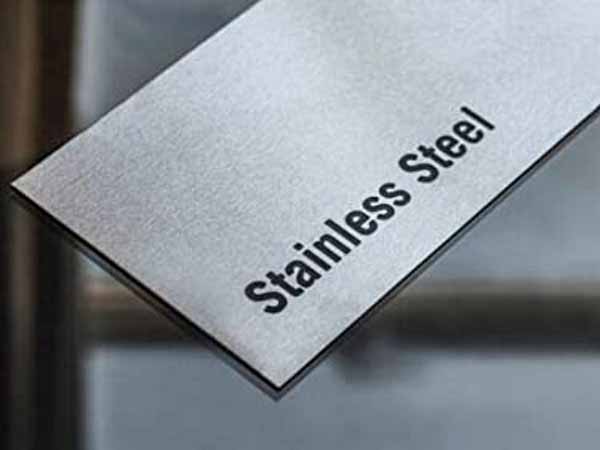
The five types of stainless steel are:
Austenitic: This is the most common form of stainless steel. This type of steel contains 16-26% chromium and up to 35% nickel. It has the highest corrosion resistance and is not hardenable by heat treatment. Besides, this family of stainless steel is also nonmagnetic, tough, and ductile. Grade 304 and 316 are the most common grades of austenitic, are commonly used in the aerospace and food-processing industries.
Ferritic: Ferritic steels have a low carbon content, less than 0.2%, making them non hardenable by heat treatment. But has higher levels of chromium (10.5-27%), can esistant to stress and temperature malfunction. The most popular grades of ferritic stainless steel include 409, 430, 439, and 441. It is commonly used for architectural applications and auto trim.
Austenitic-Ferritic (Duplex): Austenitic-Ferritic is combining austenitic and ferritic stainless steels equally, it is has chromium (21-27%), nickel (1.35-8%), copper (0.05-3%), and molybdenum (0.05-5%). The combination of elements makes duplex steels stronger than either austenitic or ferritic steel by itself, and corrosion-resistant. Consequently, duplex steel often gets used in marine, oil, and gas industries.
Martensitic: These metals are similar to ferritic stainless steel but with increased carbon. Typically containing 11.5-18% chromium and as much as 1.2% carbon. They are magnetic and may be hardened with heat treatment but require a polymer coating to protect against corrosion. Martensitic steels are strong, ductilefeature moderate and feature moderate corrosion resistance. They often shows up in cutlery, wrenches, turbines, and surgical instruments.
Precipitation-Hardening: Precipitation-hardening stainless steel is noteworthy for its strength. This durable, hard, corrosion-resistant stainless steel is usually used to create long shafts for pumps or for valve spindles. The ype of steel contains ype of steel contains (15-17.5% ) and nickel (3-5%) along with aluminum, copper, and niobium, each less than 0.5% of the total mass of the steel.
What is metal fabrication:
Melting: The first step in fabricating stainless steel, the raw material is continuously heated in an electric furnace for 8 to 12 hours to melt it into liquid steel. Then, the liquid metal is stirred to remove any impurities, to ensure high-quality output. Last, casting into semi-finished forms, including blooms, billets, slabs, rods, and tubes.
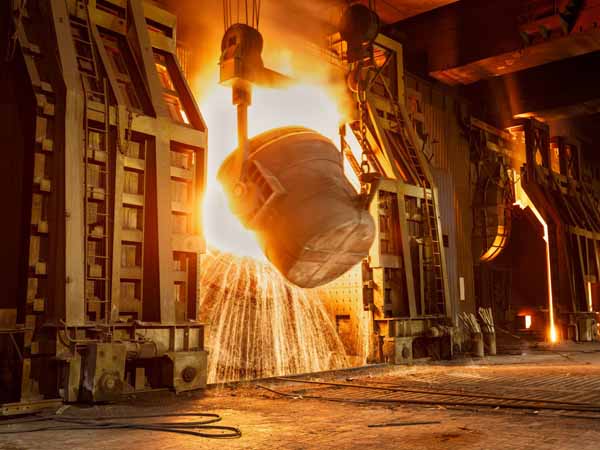
Forming: The second step in fabricating stainless steel, the stainless steel is heated, passed through large rolls, and formed into shapes. During hot rolling, blooms and billets are converted to rods or wire, while slabs become sheets, strips, and plates.
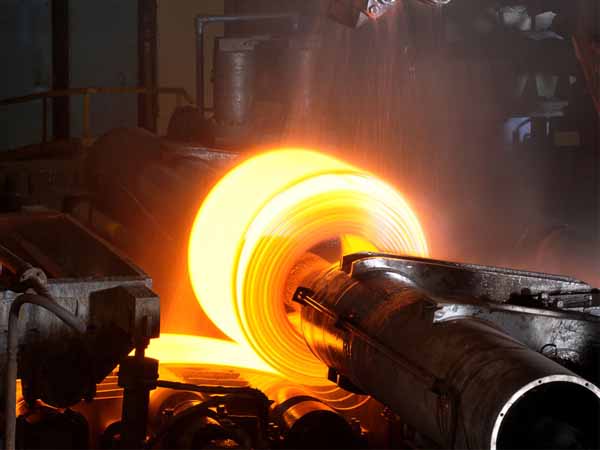
Annealing: The third step in fabricating stainless steel, the annealing (heat treatment) process occurs after the stainless steel has taken form. The steel is heated and cooled within controlled conditions to alleviate internal stresses.
Descaling: The fourth step in fabricating stainless steel, due to the annealing process can cause a build-up (scaling) to form on the steel, a descaling process, like pickling or electrocleaning, must be used to reverse the effects. (Different types of stainless steel are manufactured, or different processes used in the forming process (hot or cold rolled), can result in annealing and descaling occurring at different points in the manufacturing process)
Cutting: The fifth step in fabricating stainless steel, can be accomplished by various methods, including laser cutting (most common), flame cutting, sawing, nibbling, plasma jet cutting, straight shearing, blanking, or circle shearing, to create the desired shape or size required for the final output.
Finishing: The last step in fabricating stainless steel, the finishing process may include buffing, grinding, or polishing. Note that surface finish is generally determined prior to finishing. Once the stainless steel has been finished per the specifications, it is delivered to the end user. Then, the end user will further shape, weld, and join the steel to produce the desired end product.
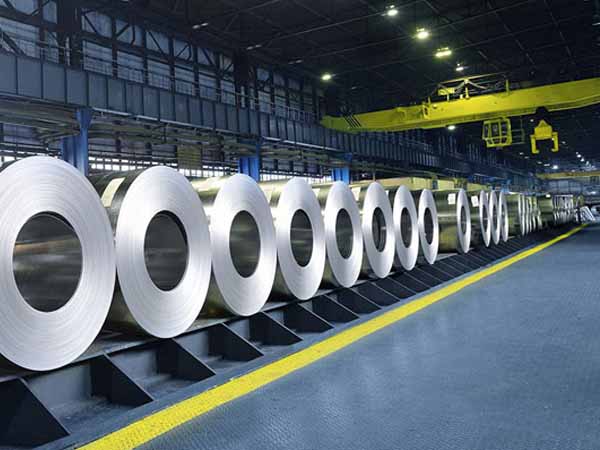
Why fabricate stainless steel:
Stainless steel is widely used in commercial, residential, and industrial settings. Because stainless steel has many properties that make it a top choice of manufacturers. First, due to its smooth, non-porous surface, stainless steel is easily sanitized and does not provide a desirable environment for bacteria to prosper, and it has clean architectural aesthetic. Secondly, with the addition of chromium and other alloys, stainless steel is corrosion resistant, fire resistant, and has a low susceptibility to brittleness at extreme temperatures, it retains its shape and composition nicely under even the most adverse conditions. At last, stainless steel is 100% recyclable. Since a vast majority is already produced from recycled materials, the need for further mining is reduced. As an added environmental benefit, stainless steel does not leach toxic chemicals.
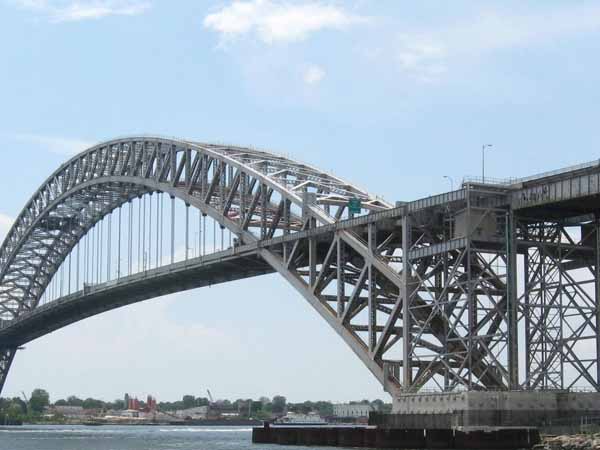
In residential, stainless steel is commonly found in our homes in tools, cutlery, cookware, appliances, sinks, and washing machines. In commercial, stainless steel is a popular choice used worldwide in the construction and architectural elements of commercial buildings and bridges, and it is also used in commercial kitchens and bathrooms. In transportation, stainless steel components are found in automotive, rail, marine, and aerospace vehicles. In medical, it is a favorable choice when producing medical tools and devices, including hypodermic needles, implants, stents, and more. In energy, multiple energy sectors, including oil, gas, solar, hydro, geothermal, and wind, use stainless steel for various components involved in production and distribution. In food service, manufacturing and equipment, it is used in commercial pasteurizers, cookers, and refrigeration units and serves as the bottling agent for beer, soft drinks, juices, and more.
 English
English Русский
Русский






